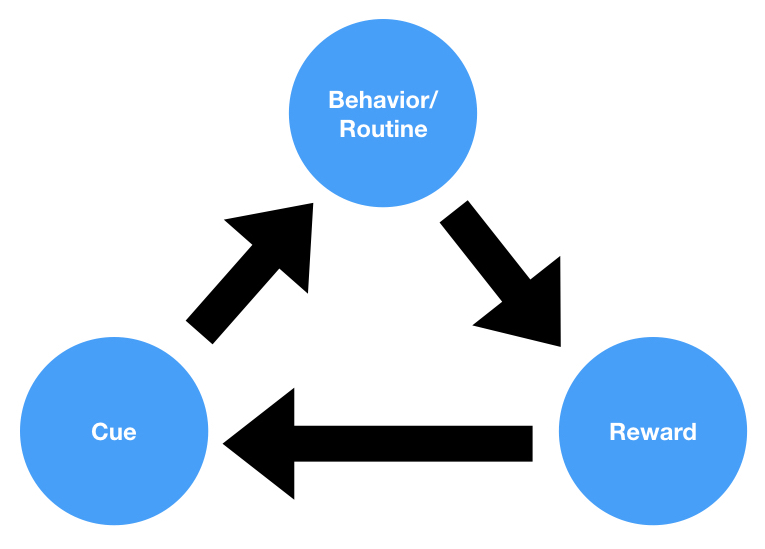What is the Medulla?
The medulla, also known as the medulla oblongata, is the lowermost part of the brainstem, situated between the pons and the spinal cord. It plays a crucial role in regulating essential autonomic functions, such as respiration, heart rate, and blood pressure, as well as coordinating reflexes related to swallowing, coughing, and vomiting. The medulla also serves as a relay station for sensory and motor information between the spinal cord and higher brain centers.
Anatomy
-
Location
The medulla is located in the posterior cranial fossa, just above the foramen magnum, where the spinal cord enters the skull. It is continuous with the spinal cord below and the pons above, forming the lower part of the brainstem.
-
Structural Features
The medulla has several distinctive structural features, including the pyramids and the olives. The pyramids are two longitudinal ridges that contain motor fibers, which decussate (cross over) near the junction with the spinal cord. The olives are oval-shaped swellings that house the inferior olivary nuclei, which are involved in motor coordination and learning.
-
Nuclei
The medulla contains various nuclei, or clusters of neuronal cell bodies, that regulate autonomic functions and coordinate reflexes. These nuclei include the nucleus of the solitary tract, the dorsal motor nucleus of the vagus nerve, the hypoglossal nucleus, and the inferior olivary nucleus.
Functions
-
Autonomic Regulation
The medulla is responsible for regulating essential autonomic functions, such as heart rate, blood pressure, and respiration. It contains the cardiovascular center, which regulates the force and rate of heart contractions, and the respiratory center, which controls the rate and depth of breathing.
-
Reflex Coordination
In addition to autonomic regulation, the medulla coordinates various reflexes related to swallowing, coughing, sneezing, and vomiting. These reflexes are essential for maintaining airway patency and protecting the respiratory and gastrointestinal tracts from foreign substances and irritants.
-
Relay Station
The medulla also serves as a relay station for sensory and motor information between the spinal cord and higher brain centers. It contains ascending sensory tracts that convey information about touch, vibration, and proprioception, and descending motor tracts that transmit motor commands from the brain to the spinal cord.
Associated Disorders
-
Brainstem Stroke
A brainstem stroke occurs when blood flow to the brainstem is disrupted, often due to a blood clot or hemorrhage. Since the medulla is responsible for vital autonomic functions, a stroke affecting this region can be life-threatening and result in severe neurological impairments, such as paralysis, difficulty speaking and swallowing, and loss of sensation.
-
Ondine’s Curse
Ondine’s curse, also known as congenital central hypoventilation syndrome, is a rare disorder characterized by the failure of the medulla to regulate automatic breathing. Affected individuals can breathe normally while awake but may experience respiratory failure during sleep, necessitating mechanical ventilation.
Summary
The medulla, or medulla oblongata, is the lowermost part of the brainstem that plays a crucial role in regulating autonomic functions and coordinating reflexes. It is essential for maintaining essential bodily functions such as respiration, heart rate, and blood pressure, and serves as a relay station for sensory and motor information between the spinal cord and higher brain centers. Damage to the medulla can result in life-threatening consequences and severe neurological impairments.




